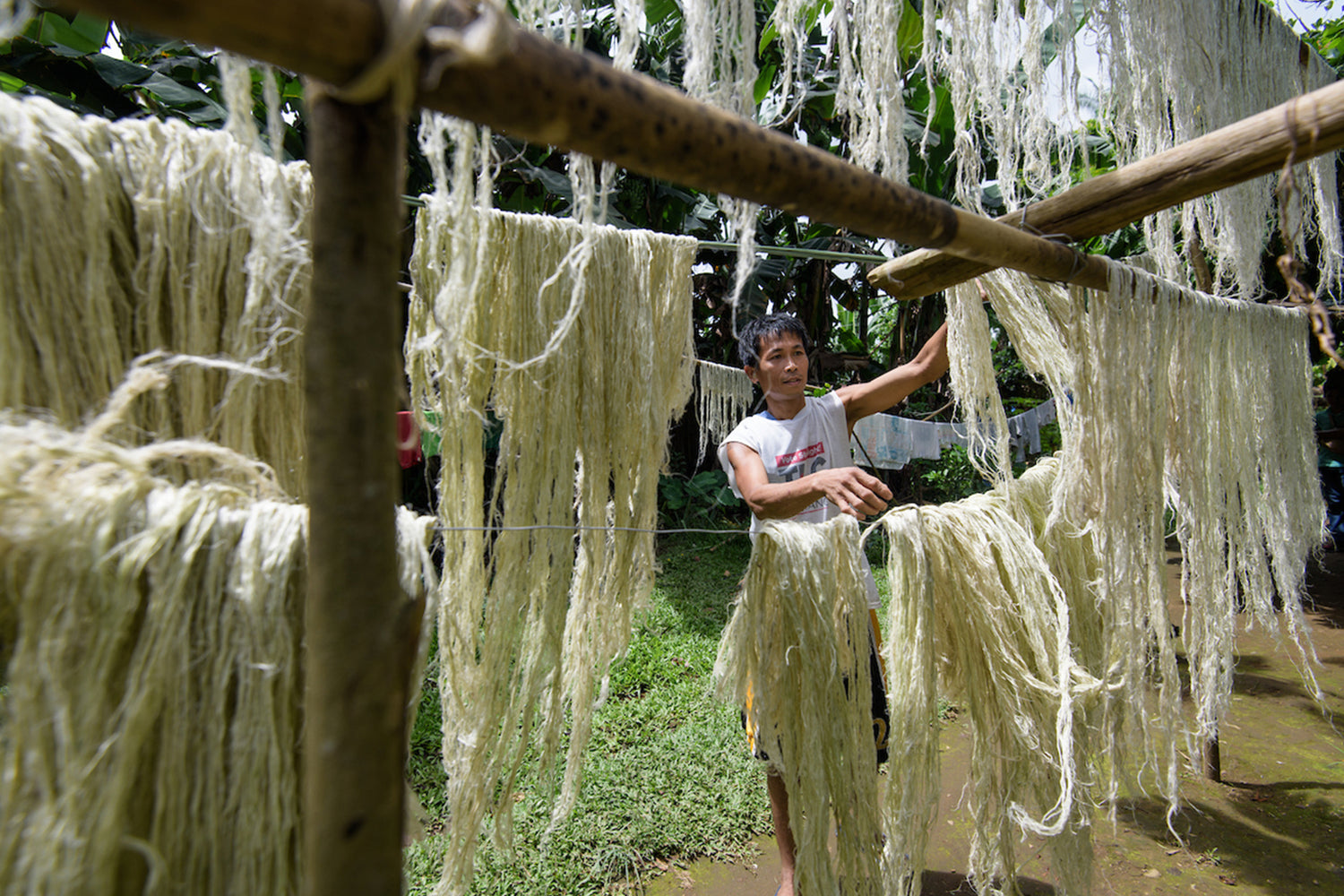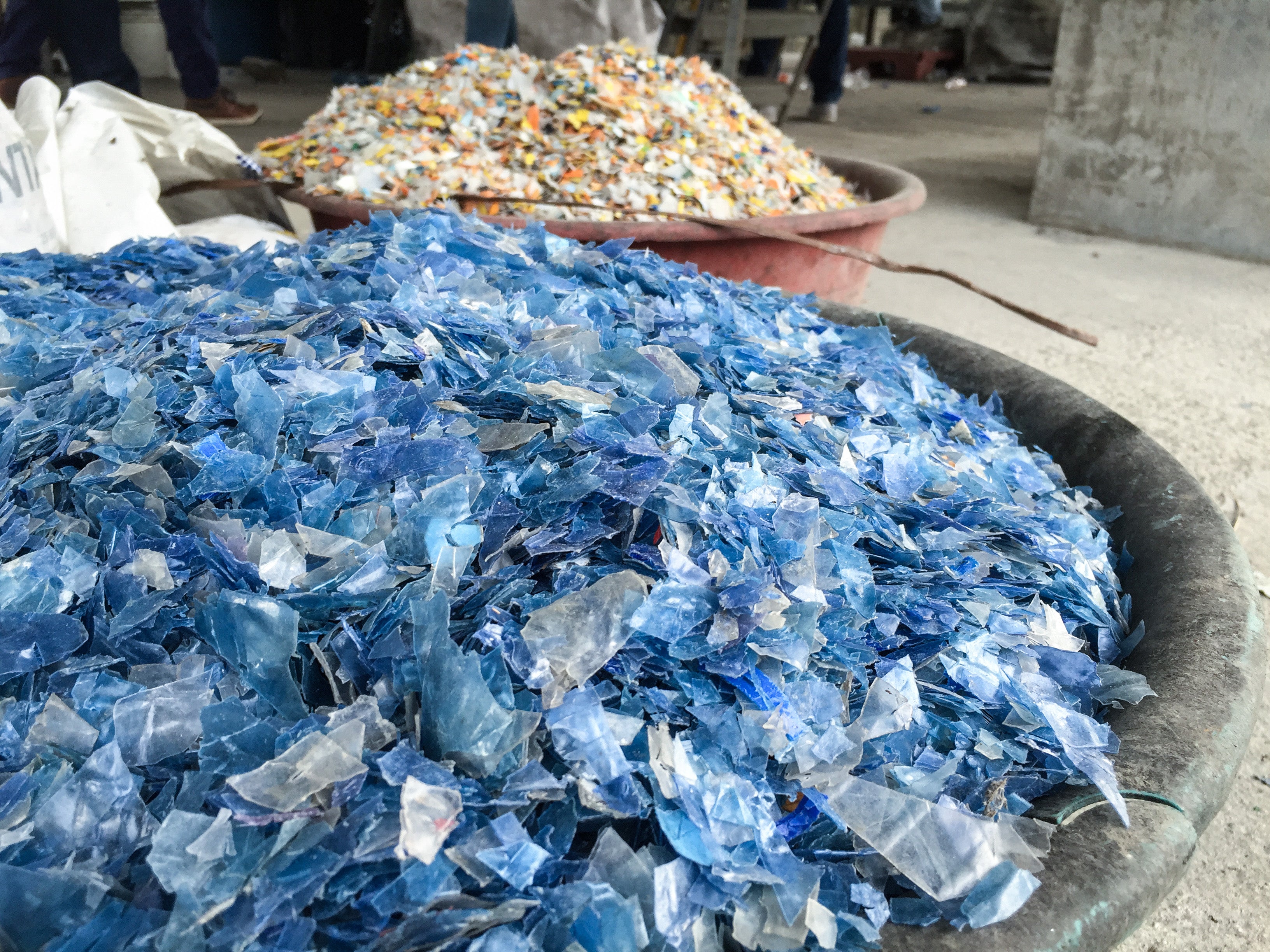We took 2 years exploring different natural and sustainable fabrics to determine which materials we would consider using for our products. We ultimately decided on organic cotton because of its soft texture, the lack of chemicals that go into processing, and the sustainability aspect. Below are some of the materials we evaluated and reasons why we passed on them.
Bamboo
A fiber made by dissolving the cellulose in the bamboo, and then extruding it to form fibres. This process removes the natural characteristics of bamboo fibre, rendering it identical to rayon from other cellulose sources.
The plants are cooked in a cocktail of chemical solvents - primarily sodium hydroxide (lye, or caustic soda, as it's more commonly known) and carbon disulfide. Both are known to be harmful to human health, and sodium hydroxide can harm aquatic life when released into the water supply. Many companies using bamboo fabrics claim that because these are only used in a small part of the production process, they are not significant. But a factory producing tons of fabric a year will expose both workers and the wider environment to a significant amount of chemicals.
Silvertech
Brands utilize silver in their fabrics as a way to keep bacteria away from the parts of our bodies that tend to collect it. These textiles are made by infusing fibers with natural silver, thereby claiming to add a layer of antimicrobial properties.
Harvard and MIT researchers did recently publish a study that found exposure to silver nanoparticles, found in clothing, toothpaste, toys and other products, can cause substantial DNA damage. It also kills beneficial skin bacteria which is important to skin health.
Tencel
A light cellulose fabric, which means it’s created by dissolving wood pulp. The fibre is produced by Austrian company Lenzing AG. It’s been growing in popularity recently, as is said to be 50% more absorbent than cotton, and requires less energy and water to produce. Plus, the chemicals used to produce the fibre are managed in a closed-loop system. This means the solvent is recycled which reduces dangerous waste.
While the chemicals (oxide solvent) used to treat the fibers are considered non-toxic due to it’s rapid evaporation levels. However, inhalation is a common risk of working with solvents. Once inhaled, solvent vapors can quickly move into the bloodstream and puts workers at risk.
Recycled plastic bottles:
It's far from sustainable. Recycled polyester is toxic to the earth and the wearer. Among the trend is recycled plastic bottles being turned into fabrics which are considered sustainable to keep from them piling in the landfills. If plastic bottles don't belong in the landfills, they certainly don't belong on the body.
Econyl
Created by Italian firm Aquafil, uses synthetic waste such as industrial plastic, waste fabric, and fishing nets from the ocean, then recycles and regenerates them into a new nylon yarn that is exactly the same quality as nylon. This regeneration system forms a closed-loop, uses less water, and creates less waste than traditional nylon production methods. Waste is collected, then cleaned and shredded, depolymerised to extract nylon, polymerised, transformed into yarn, and then re-commercialised into textile products. Econyl is a promising fibre, far more sustainable than nylon.
Similar to materials made from recycled plastic bottles, they are far from sustainable and the plastics are so thin that they leak into your bloodstream upon contact.




Leave a comment
This site is protected by hCaptcha and the hCaptcha Privacy Policy and Terms of Service apply.